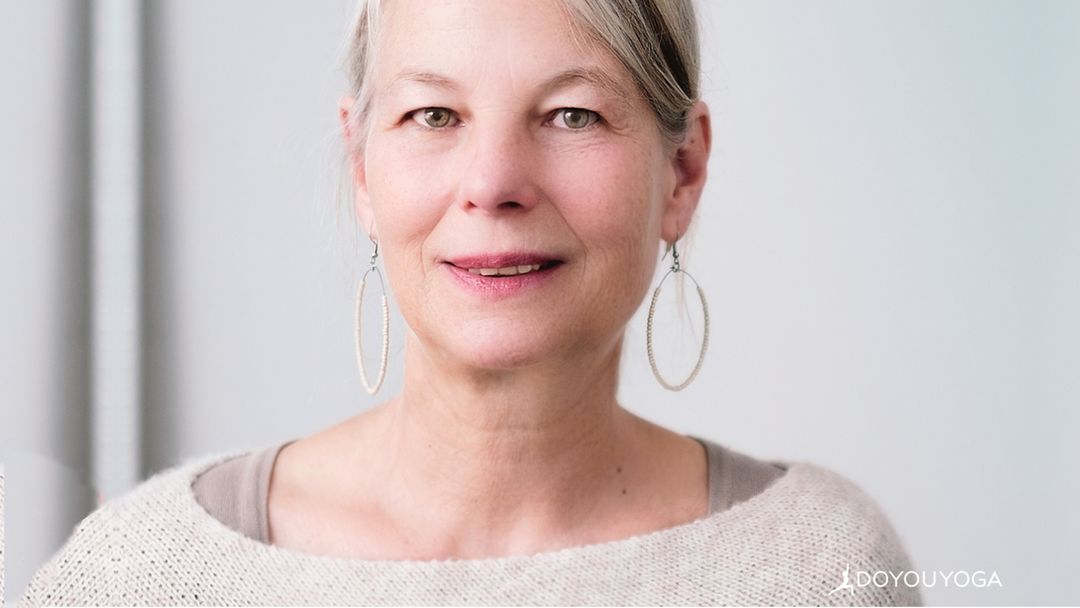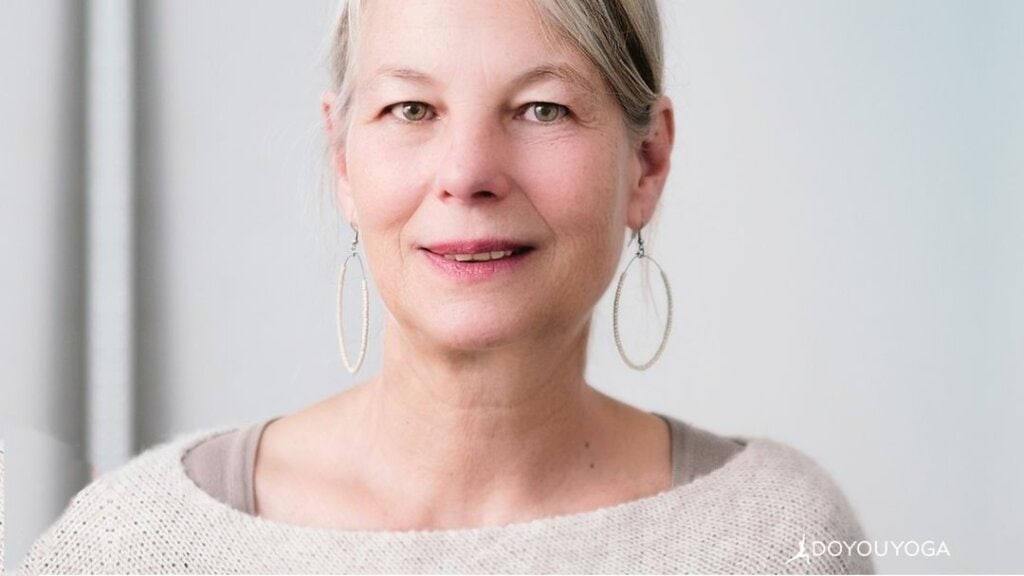A Daily Chair Practice for Seniors
The practice of yoga is so varied that it has the potential to improve the lives of people of all ages and physicalities. With a regular practice, yoga can reduce stress, increase energy, create balance and even improve sleep — the list of its benefits are exhaustive. The benefits of yoga support healthy living at every stage of life, and can be particularly beneficial as we enter our senior years.
As we age, muscles tend to stiffen and joints lose their range of motion. Yoga offers the possibility of slowing down the ageing process by softening the muscles and increasing their flexibility, improving mental alertness, and giving an enhanced sense of overall well-being. Through asana, pranayama and meditation, seniors can cultivate a simple, at-home practice, that will keep your mind, body, and heart healthy.
The following is one such sequence that any older adult can practice from the comfort of their own home utilising a chair, and their own body and breath.
Yoga For the Lower Body
Prop: Chair & Strap
Starting position: Sitting on a chair, with the spine upright, and both feet flat on the floor.
- Start by straightening the leg in front of you. Keep the leg straight, inhale, flex the foot so the toes curl in towards the shin bone, exhale, point the toes forward so the front of the ankle is long. Repeat 5 x on both legs, end with both feet flat on the floor.
- Straighten the leg in front of you. Keep the leg straight, and with continuous breath, begin to rotate the ankle clockwise, with slow and controlled movements. Repeat 5 x, and then complete another 5, rotating the ankle counter-clockwise. Do this on both legs.
- With a strap (or alternatively a belt), straighten the leg in front of, and place the strap around the sole of the foot, holding the strap on both sides. With the spine remaining tall, slightly bend the arms, pressing the sole of the foot into the strap and simultaneously lifting the leg whilst grounding the pelvis into the seat of the chair. Hold for 5 to 7 breaths, and then repeat on the other leg.
Yoga For the Upper Body
Prop: Chair
Starting position: Sitting on a chair, with the spine upright, and both feet flat on the floor.
- Bring the arms in front of the body, and turn the palms to face inwards. Gently bring the arms away from the body as much as you can, opening the chest. Pause at the maximum opening point for a breath. Return to the starting position. Repeat this 10 times.
- With the arms hanging alongside the body, turn the palms to face away from the body. Inhale and reach the arms outwards, then upwards until the palms face each other above the head (or completely touching), then exhale, turn the palms out, and slowly lower the arms back down to the sides of the body. Repeat 10 x.
- Interlace the fingers behind the head, with the elbows wide, so the chest is open. Exhale, and bring the elbows towards each other, as you begin to lower the chin towards the chest, slightly rounding the upper back. Feel into areas of the upper back and neck that may feel tense, hold for 2 to 3 breaths, and then return to the starting position. Repeat 5 x.
Sama Vritti Pranayama (Box Breathing)
Sitting on a chair with the spine upright, close the eyes, and take a few gentle breaths, before exhaling all the air out, and retaining for 1 count. Then inhale for a count of 3, retain the breath for a count of 3, exhale for a count of 3, retain the breath for a count of 3. Do this for 10 rounds or 2 minutes. You can increase the count to 4 or 5 as you begin to feel more comfortable with breath retention.
The above sequence demonstrates how yoga can be adapted to meet our needs of all ages and physicalities, including seniors who may have limited mobility. That said, this sequence can be used by anyone looking for some daily grounding while increasing blood flow in the upper and lower body. Please be mindful in practicing this sequence if you experience any chronic conditions or have spinal issues. Gentle spinal rotations whilst seated on the chair can be added in as and when you feel comfortable with it.








